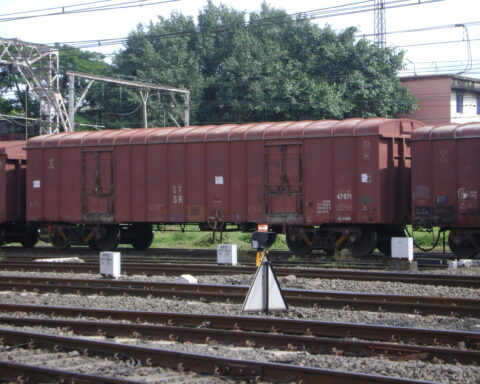Connecticut has joined nine other Northeast states Tuesday in signing a Memorandum of Understanding (MOU) to begin outlining a coordinated framework for improving interregional electricity transmission planning and development to enhance grid reliability and accelerate the transition to clean energy.
“Connecticut is pleased to join our sister Northeast states in this groundbreaking initiative to work toward a cleaner, more affordable, more reliable electricity grid,” Connecticut Department of Energy & Environmental Protection Commissioner Katie Dykes said. “The Northeast shares an interconnected grid, and it’s essential that we work together to meet our energy needs, building on our region’s long and productive history of cooperation.”
In June 2023, eight of the states asked the U.S. Department of Energy (DOE) to create and support the Northeast States Collaborative on Interregional Transmission, the first initiative of its kind to explore ways to increase electricity flow between three different planning regions in the Northeast and to assess offshore wind infrastructure needs and solutions.
The multi-state group has collaborated with the DOE over the past year to define the structure and activities for the collaborative. The MOU sets the ground rules the collaborative has agreed to for working together on transmission infrastructure and determining methods of sharing information. Enhancing transmission connections between regions reduces consumer prices by providing access to lower-cost energy while increasing reliability during extreme weather and grid stress.
The MOU consists of Connecticut, Delaware, Maine, Maryland, Massachusetts, New Hampshire, New Jersey, New York, Rhode Island and Vermont.
The collaborative also announced its intent to develop a plan for promoting interregional transmission projects for offshore wind, working with external stakeholders to identify barriers to such projects and determine solutions. The states also plan to coordinate on technical standards for offshore wind transmission equipment to ensure future flexibility and interoperability as projects come online in different locations and at different times so regions can continue to interconnect as the industry evolves.
In April, the New England states and New York submitted a joint application for federal funding through DOE’s Grid Innovation Program (GIP). The application proposed developing the Clean Resilience Link, a transmission system upgrade that would allow a New York-New England transmission line to operate at 345 kilovolts, increasing transfer capacity between the regions by up to 1,000 megawatts. National Grid and Reactive Technologies are among the project developers supporting the application.
“As we work to achieve our climate goals and increase the generation of renewable energy in the region, we need to invest in our transmission system and storage resources to deliver clean energy to our residents and businesses,” Massachusetts Department of Energy Resources Commissioner Elizabeth Mahony said.
GIP is part of DOE’s $10.5 billion Grid Resilience and Innovation Partnerships Program that funds technologies and partnerships that enhance grid reliability and resilience. The maximum award per project is $250 million, or up to $1 billion for projects with significant transmission investments, such as the interregional Clean Resilience Link.












